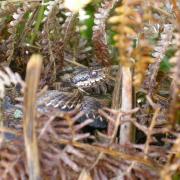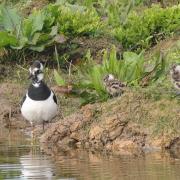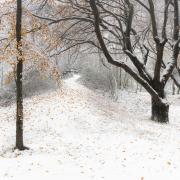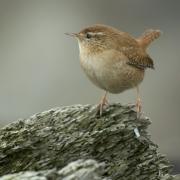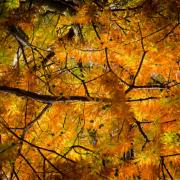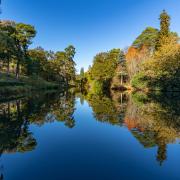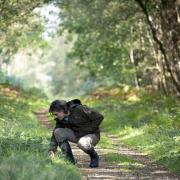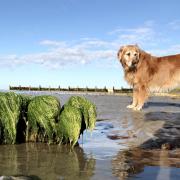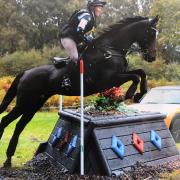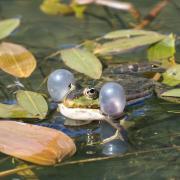Towards the end of last year, Sussex Wildlife Trust increased the amount of land under its management by a huge 25 per cent by taking on the management of Rye Harbour Nature Reserve. Mike Russell, of the Trust, tells us more.
This magnificent area of intertidal saltmarsh, shingle ridges, marsh, old gravel pits, scrub and woodland is of international importance for wildlife – the 1,149 acres yielding 3,300 different recorded species, 150 of which are considered rare and endangered in Great Britain.
Established in 1970 as a Local Nature Reserve (LNR) by East Sussex County Council (ESCC), it now receives over 200,000 visitors a year, so as well as being important for wildlife, it is very important as a visitor attraction for people as well. Its importance for wildlife is accentuated by the number of acronyms it has accrued! As well as being a LNR, it is also a Site of Special Scientific Interest (SSSI), Special Protected Area (SPA), Special Area of Conservation (SAC) and a RAMSAR site, which means it is an internationally important wetland for wintering wildfowl and waders. All this within a larger SSSI including Rye Bay and Dungeness – an area so important for its vegetated shingle.
The UK holds 30 per cent of all vegetated shingle habitat in the world, nearly all of which is in this area. In short, Rye Harbour is an absolute gem.
Last year, ESCC had to withdraw its funding. Now there might be a philosophical debate to be had as to whether one of the crown jewels in terms of a Sussex landscape should be taken out of public ownership or management, but Rye Harbour is too important to lose as all the special designations imply, so, after extensive negotiations, Sussex Wildlife Trust agreed to take on the management responsibilities for the nature reserve.
What then does Sussex Wildlife Trust get for those responsibilities? Apart from a wonderful site full of wildlife that people can go and see, it inherits four dedicated, enthusiastic and knowledgeable staff that have done so much to enhance the habitats and public experience there. A very strong ‘Friends of Rye Harbour’ group who do so much to support the nature reserve and provide financial contributions, expertise and a huge amount of volunteer time. A small Visitor Centre where people can learn about the nature reserve and what wildlife they might see. There is also a vast area of new salt marsh created by the Environment Agency. There is of course a huge financial commitment for the Trust; maintaining and running a site of this size and importance has a considerable cost.
Rye Harbour is a place to visit at any time of the year, but you will probably get most out of it during migration and winter time, when it is usually at its coldest! However, in spring and summer you might see the only breeding pairs of marsh harriers in Sussex and the largest breeding colony of Mediterranean gulls in the UK. You will have to look hard to find the extremely scarce and totally underwhelming plant, the least lettuce and if you are very unlucky you might be bitten by a scuttle fly Megaselia yatesi, discovered by and named after the Reserve Manager Barry Yates!
In winter, clouds of golden plover and lapwing feed and roost on the reserve, diving ducks such as tufted duck, pochard and even the occasional smew find refuge at Castle Water and you may even catch glimpse of the shy and elusive bittern – a very rare UK species indeed.
A daunting prospect no doubt, but the Trust is proud to take on the responsibility for this magnificent and important reserve and secure its long-term future, and you can visit it absolutely free.
n For further details visit



